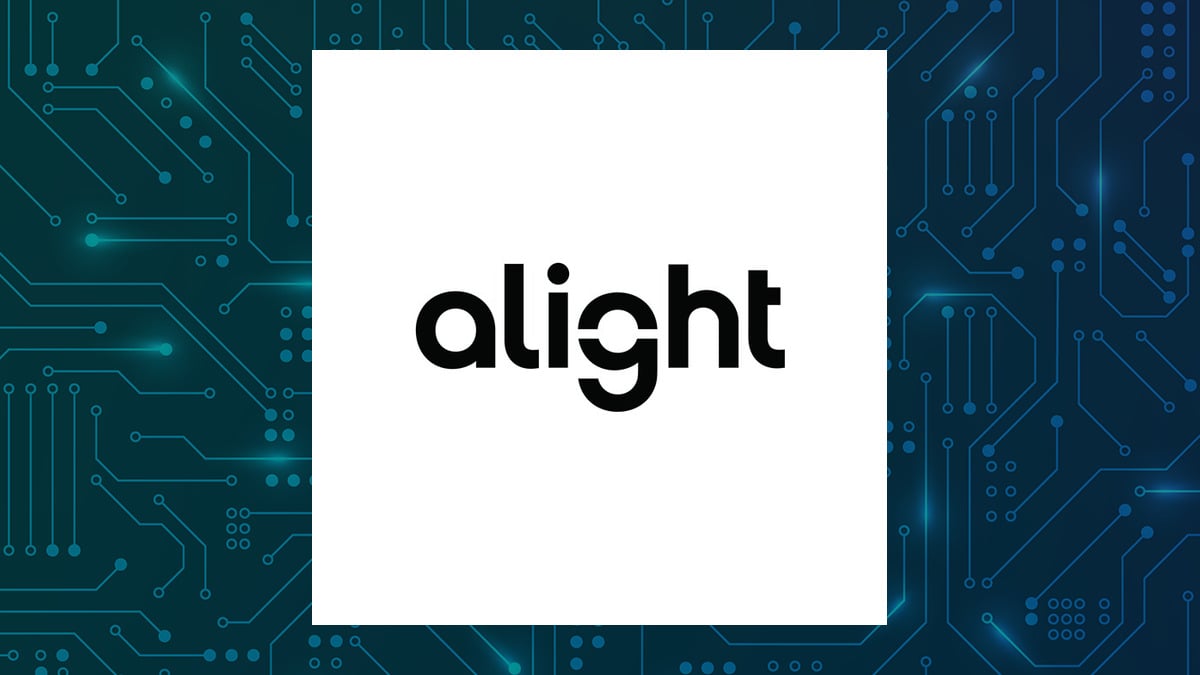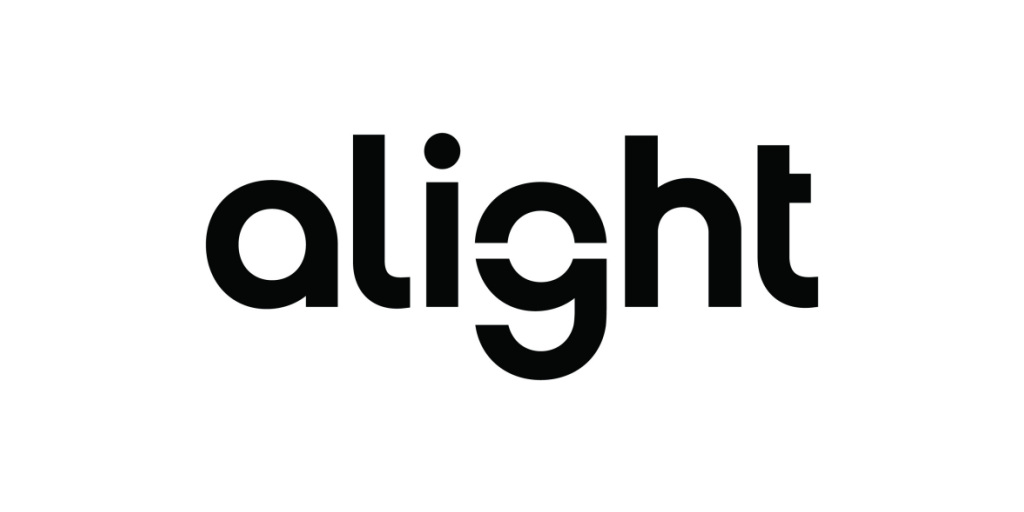
ALIT
Alight, Inc.
$2.11
-0.03
(-1.17%)
| Exchange: | |
| Market Cap: | 1.11B |
| Shares Outstanding: | 0 |
About The Company
| Sector: | Technology | |||||
| Industry: | Software – Application | |||||
| CEO: | David D. Guilmette | |||||
| Full Time Employees: | 9500 | |||||
| Address: |
|
|||||
| Website: | https://www.alight.com |
Alight, Inc. operates as a cloud-based provider of integrated digital human capital and business solutions worldwide. It operates through three segments: Employer Solutions, Professional Services, and Hosted Business. The company’s solutions enable employees to enrich their health, wealth, and wellbeing, which helps organizations achieve a high-performance culture. It offers employer solutions comprising integrated benefits administration, healthcare navigation, financial health, employee wellbeing, and payroll; and professional services, including cloud deployment and consulting offerings that provides human capital and financial platforms, as well as cloud advisory and deployment, and optimization services for cloud platforms, such as Workday, SAP SuccessFactors, Oracle, and Cornerstone OnDemand. Alight, Inc. was founded in 2017 and is headquartered in Lincolnshire, Illinois.
Click to read more…
Revenue Segmentation
EPS
Earnings Call
Income Statement
(* All numbers are in thousands)
Balance Sheet
(* All numbers are in thousands)
Cash Flow Statement
(* All numbers are in thousands)
Analyst Estimates
(* All numbers are in thousands)







